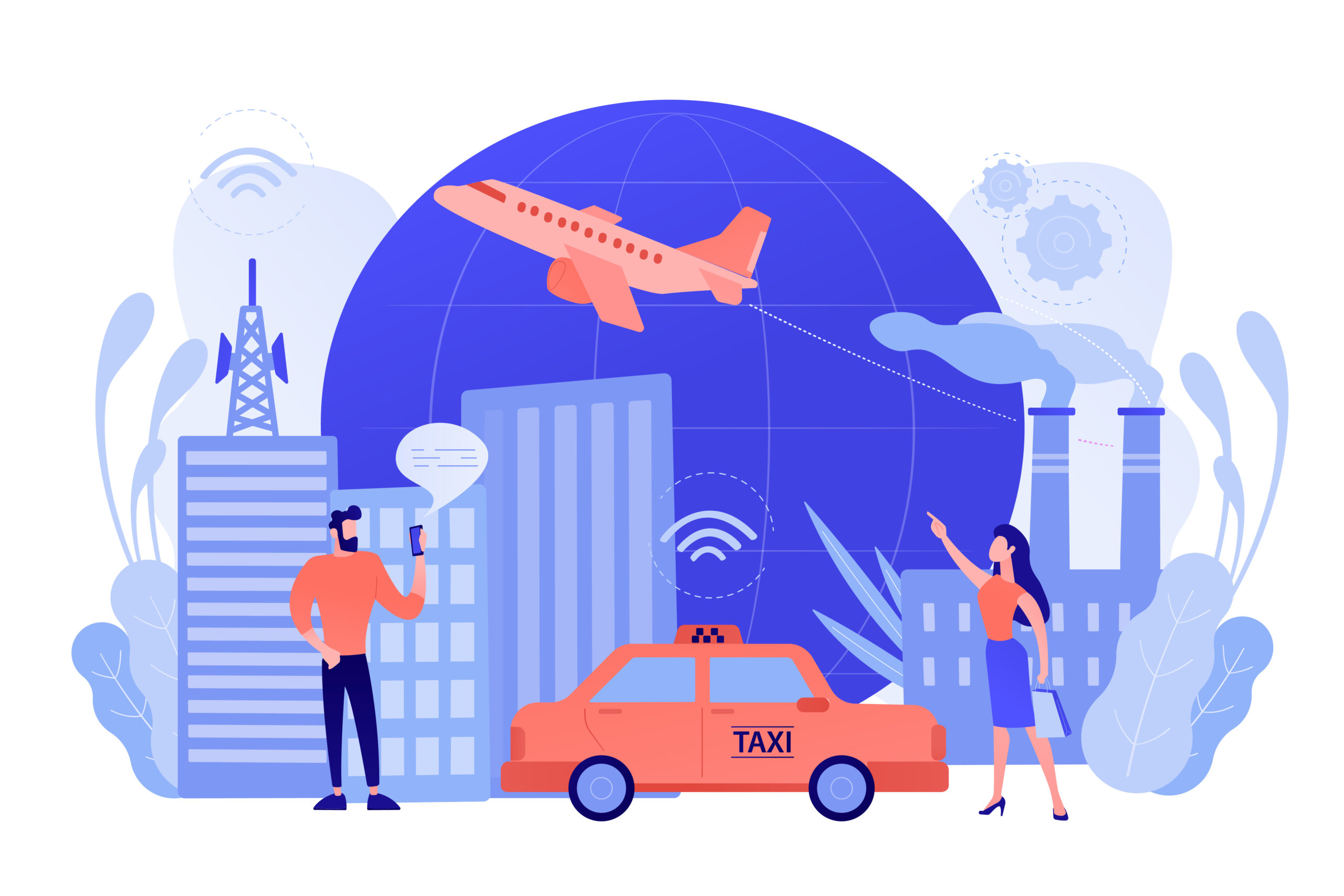
The landscape of vehicle transportation is undergoing a radical transformation, driven by advancements in technology, shifts in consumer preferences, and the urgent need to address environmental concerns. Here we will discuss about the emerging trends that are shaping the future of vehicle transportation.
1. Electrification of Vehicles
One of the most significant trends in vehicle transportation is the shift towards electric vehicles (EVs). Concerns over climate change and the environmental impact of fossil fuels have spurred governments and manufacturers to invest heavily in EV technology. The result is a rapidly expanding market of electric cars, buses, and trucks that offer reduced emissions and lower operating costs. Major automotive companies are committing to an electric future, with plans to phase out combustion engines entirely in the coming decades.
2. Autonomous Driving
Autonomous or self-driving vehicles are set to revolutionize the way we travel. Utilizing a combination of sensors, cameras, and artificial intelligence (AI), these vehicles can navigate roads with little or no human intervention. This technology promises to increase safety by reducing human error, which is the cause of most road accidents. Autonomous vehicles also have the potential to improve traffic flow, reduce congestion, and provide mobility solutions for those unable to drive, aligning with the efficient transport solutions found on (https://www.shiply.com/de/fahrzeugtransport/).
3. Connectivity and Mobility as a Service (MaaS)
Connectivity is another key trend, with vehicles increasingly becoming part of the ‘Internet of Things’ (IoT). This enables real-time data exchange between vehicles, infrastructure, and devices, leading to smarter and more efficient transportation systems. Additionally, the concept of Mobility as a Service (MaaS) is emerging, where transportation is accessed on-demand through an integrated platform that combines various forms of transport like buses, trains, ride-sharing, and bikes.
4. Sustainable and Smart Infrastructure
The shift towards electric and autonomous vehicles requires the development of new infrastructure. This includes the deployment of widespread EV charging stations and the integration of smart traffic management systems that can communicate with autonomous vehicles. Governments and urban planners are focusing on building sustainable and smart infrastructure that supports these new technologies while also promoting greener modes of transportation like cycling and walking.
5. Hydrogen Fuel Cell Vehicles
While electric vehicles dominate the conversation, hydrogen fuel cell vehicles (FCVs) are also gaining attention as a sustainable transportation solution. FCVs, which convert hydrogen gas into electricity, produce only water as a byproduct, making them an environmentally friendly alternative. The challenge lies in building the necessary fueling infrastructure and ensuring a sustainable hydrogen supply, but advancements are being made in these areas.
6. Increased Focus on User Experience
As technology evolves, so does the focus on the user experience. Vehicles are becoming more than just a means of transportation; they’re turning into mobile living spaces. Features like advanced infotainment systems, comfortable interiors, and personalized settings are becoming standard, enhancing the overall travel experience.
7. Drones and Air Mobility
The future of transportation isn’t limited to the ground. Drones and flying cars are being developed for both cargo transport and personal travel. This could significantly reduce delivery times for goods and offer a new dimension of mobility, especially in congested urban areas.
In conclusion, the future of vehicle transportation is marked by a blend of electrification, automation, connectivity, and innovative infrastructure development. These trends not only aim to make transportation more efficient and sustainable but also enhance safety and user experience. As these technologies continue to evolve and intersect, they will fundamentally reshape how we move, live, and interact with our cities and each other.
Leave a Reply